The best experiences in hospitality involve both comfort and flare.
When it comes to the most exceptional stays, there’s also a dash of luxury involved.
Across the United States, flashy new hotels open their doors to tourists each year. Only the truly unforgettable will keep their doors open for years—or even centuries—to come.
If you like to keep your finger on the pulse in terms of the latest and greatest hotel openings, then look no further. I’ve compiled some of the very best luxury hotels with opening dates in 2024.
They’re new, they’re swanky, and they’re going to leave a lasting impression.
If you’re on the hunt for the best new openings across all options—including mid-range and budget hotels—then start here. But if you’re seeking out the best in luxury openings, then keep scrolling.
I’ve got the crème of the crop listed below.
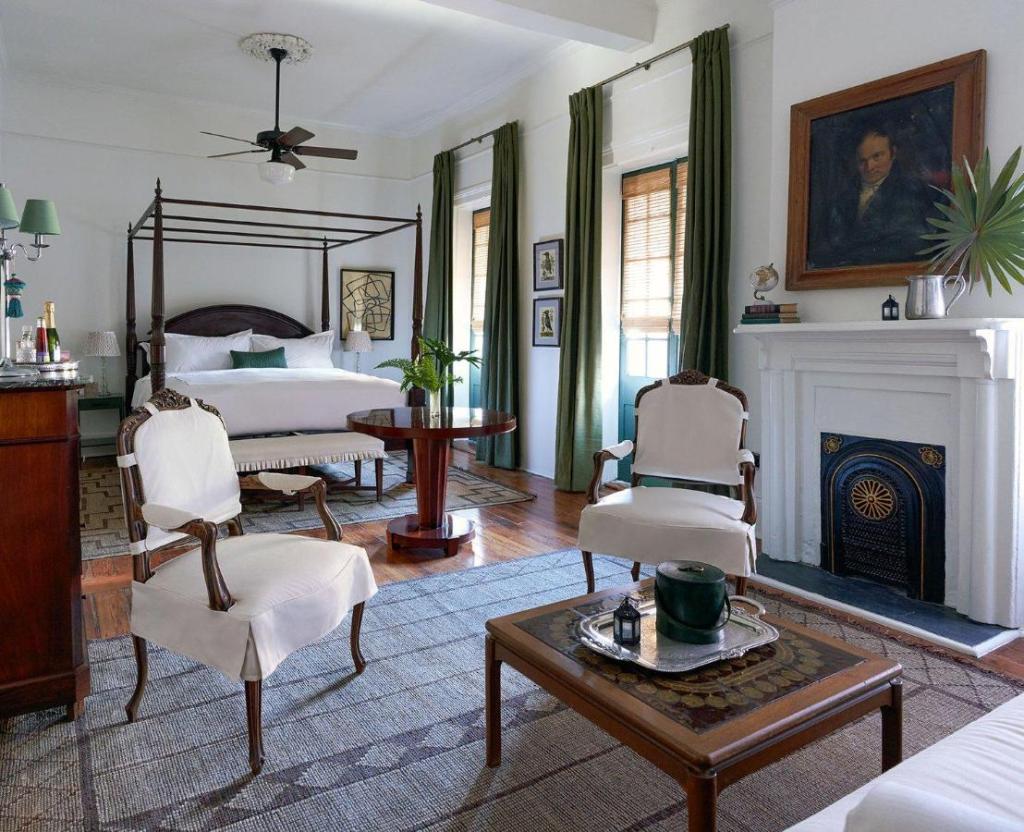
The Celestine, New Orleans
Open
New Orleans excels in boutique, luxury hotels. Seriously, for such a casual city, it does extravagance suspiciously well. From Hotel Mazarin to Hotel Saint Vincent, you’ll have options in the Big Easy.
The Celestine is the latest hotel to expand Nola’s portfolio of opulence. You’ve got a prime location in the French Quarter, along with star power—the grounds are where playwright Tennessee Williams wrote A Streetcar Named Desire.
The interior offers a cool shoutout to the city’s African, French, Spanish, and Caribbean influences. It’s both chic and bohemian, straddling the line between austere and cheeky.
And with only ten rooms on the grounds, you’re going to feel like you’re part of a hidden society, tucked away from the French Quarter’s madness.
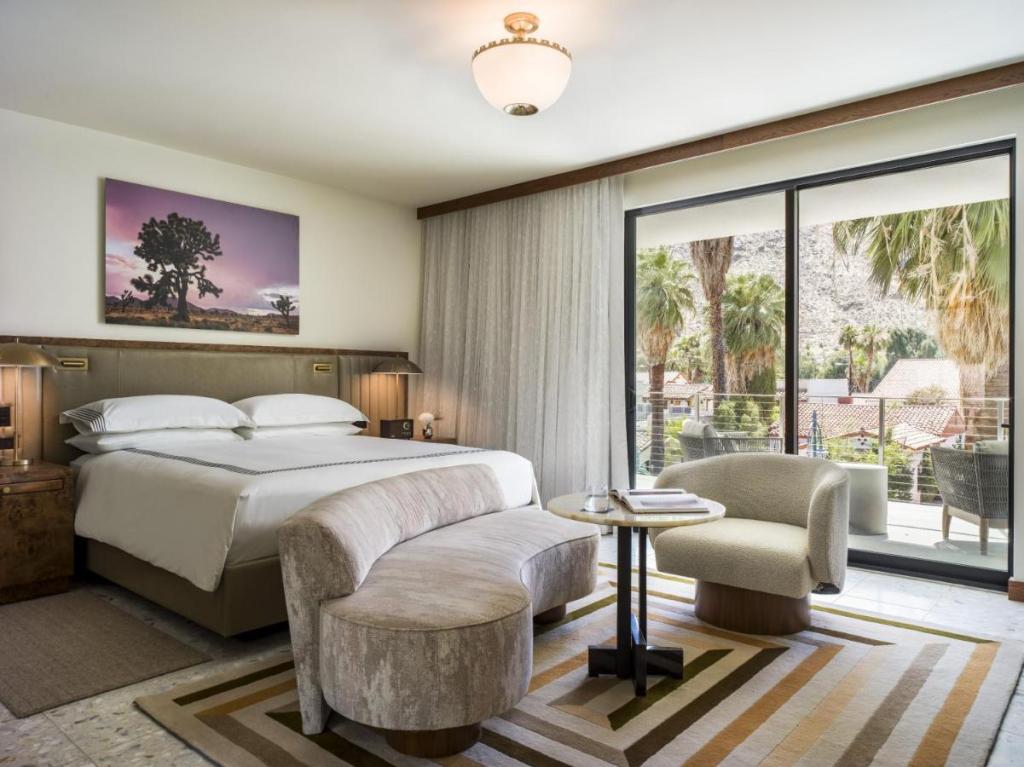
Thompson Palm Springs
Opening September 2024
This Hyatt project is set to open its doors in late 2024.
The Palm Springs location casts pure SoCal magic, offering mountain views, midcentury modern design, and a sunshine-first aesthetic. (Plenty of windows and balcony space.)
One of its more unique offerings is its on-site wine-tasting room, titled HALL Napa Valley. Of all the Palm Springs stays that I’ve covered, I’ve yet to see any wine-tasting rooms on the grounds.
There’s also a rooftop pool with plenty of cabanas, adding yet another dash of the unexpected.
In terms of amenities, the Thompson Palm Springs offers all the basics that any high-profile traveler would look for. However, given its association with Hyatt, there are also features like conference rooms and meeting areas—which aren’t necessarily the sexiest lux features.

Casa Loma Beach Hotel, Laguna Beach
Open
Want an oceanfront experience in Laguna Beach? Look no further.
Casa Loma gives visitors direct access to the beach—along with Laguna Beach’s best art galleries and shopping districts. Seriously, if memorable stays are about location for you, this is one hotel that can’t be missed.
Great zip code aside, Casa Loma offers private balcony views of the beach (it’s like getting a VIP pass for sunsets) and a seriously curated bungalow vibe.
Or, if you plan on spending more time at the pool, grab a room that offers direct access.
I’m also a fan of Casa Loma’s approach to accessibility. It’s one of few new lux openings that offers a fully accessible stay for guests.
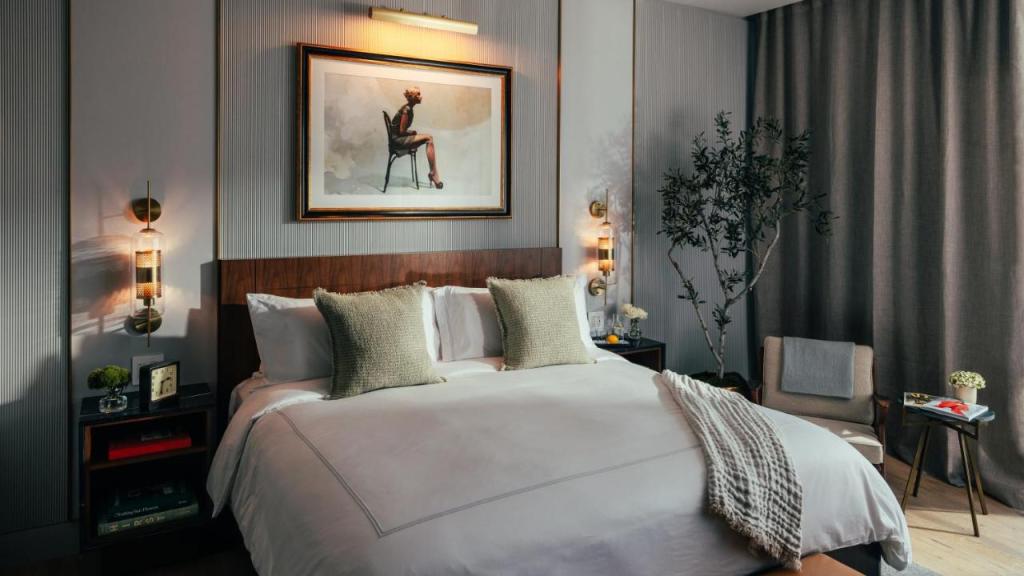
The Global Ambassador, Phoenix
Open
I shouted out The Global Ambassador in my article on the Top 10 Boutique Hotels in the US. That’s because it’s got a serious flair—one that calls back to the days of sleek speakeasies.
Aside from its stellar appointment, The Global Ambassador also offers five lavish and themed eateries. Guests can choose from three restaurants and a separate lobby bar. Don’t let the term lobby bar throw you off—it’s yet another swanky and Mad Men-esque spot.
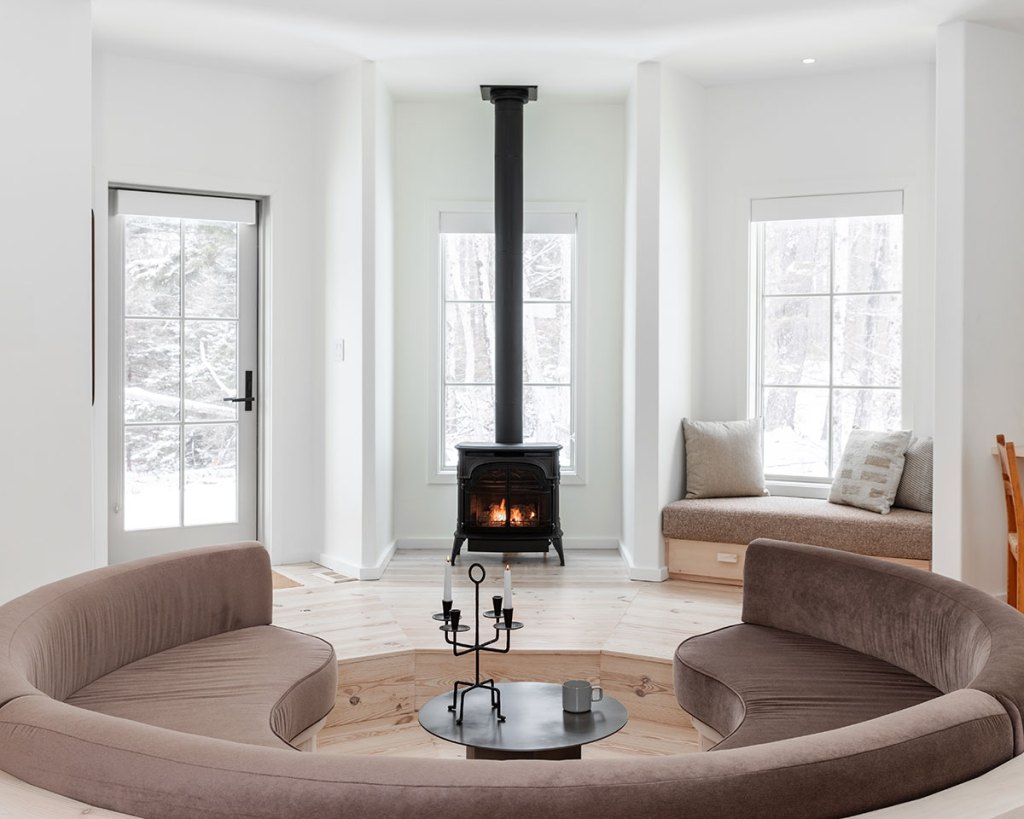
The Rounds, Catskills
Open
Welcome to a new addition to Scribner’s Lodge in the Catskills: The Rounds. The Rounds refers to the property’s standalone cabin structures. They’re dodecahedrons in case you’re into geometric architecture… but you’ll probably be more focused on the interior.
The goal is to offer an opulent but secluded escape.
Every private cabin includes Japanese cedar soaking tubs and skylights designed for star-gazing. But guests also have access to the main lodge, which is Scribner’s Catskill Lodge—a mainstay from the 1960s that got a facelift in 2017.
That makes The Rounds an even more lux experience inside what’s regarded as a classy Catskill lodge stay. And while you might be imagining an elevated cabin, let’s not forget that they’re officially dodecahedrons—meaning they’re twelve-sided and unlike anything you’ve seen before.
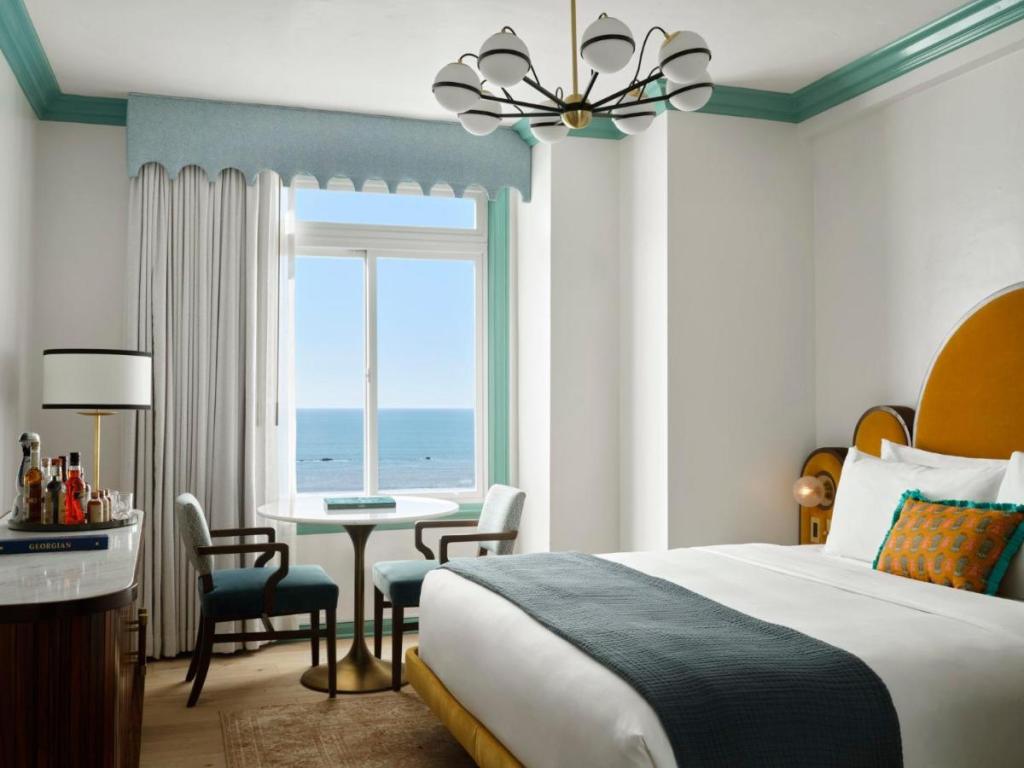
The Georgian, Los Angeles
Open
Just like the Global Ambassador, The Georgian also made it onto my list of the best boutique design hotels in the US. This LA location is more focused on art deco, crafting a perfect love letter to the city.
Seriously—it oozes style. Even the bellhops are dressed to the tee.
There are other features that are worth writing home about, too. There’s a strong emphasis on room service, which can be ordered with a simple push of a button. Oh, and record players. Each room has its own player and a few records to choose from.
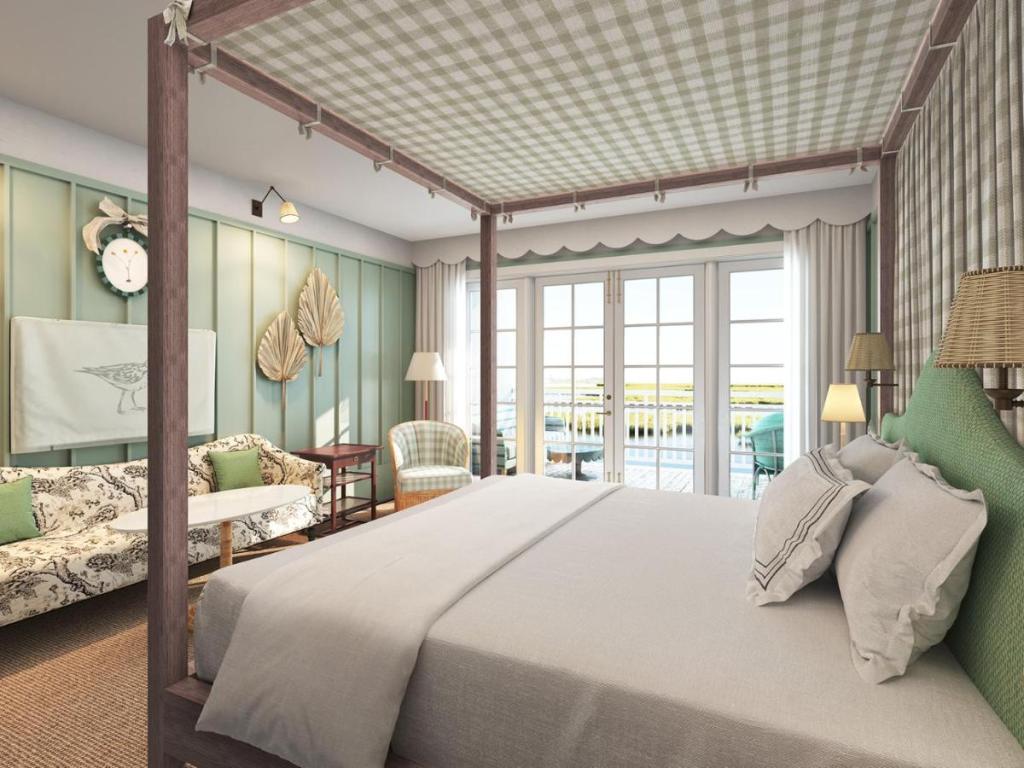
The Dunlin Kiawah River, Charleston
Open
Just twenty miles north of Charleston, you’ll find a stunning new development on the Kiawah River. Enter the magic of the Dunlin, which brings you all the private wonders of nearby Kiawah Island without ever leaving the mainland.
Plus, you get the Americana atmosphere of Charleston and the nearby Sea Islands.
There are wicker rocking chairs, porches made for chatting and sweet tea, and all the Southern amenities you could want within reach. I’m talking about delicious barbecues, fishing excursions, and even dolphin-watching.
I also love that the hotel has carefully curated walking paths that let visitors immerse themselves in the wetlands, spotting birds while they unwind and amble.
The lesson here? Just because it’s lux doesn’t mean it’s hoity-toity.